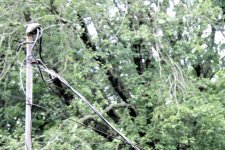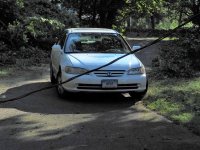Offline
Had this installed about 5 years ago and it's been a blessing. Fully automatic, comes on 15 seconds after power goes out and shuts down as soon as it comes back on. Ran for 4 days solid on one outage. Living out in the country, we get outages in the winter if we have a freezing rain due to branches falling across power lines, in the summer from storm and high winds. Kinda common in this part of the country. Had it hooked up by a certified electrician. I wouldn't be without one! PJ
View attachment 64924
View attachment 64924

 Hey there Guest!
Hey there Guest!
 smilie in place of the real @
smilie in place of the real @
 Pretty Please - add it to our Events forum(s) and add to the calendar! >>
Pretty Please - add it to our Events forum(s) and add to the calendar! >> 




 A friendly reminder - be careful what links you click on here. If a link is posted by someone you don't know, or the URL looks fishy, DON'T CLICK. Spammers sometimes post links that lead to sites that can infect your computer, so be mindful what you click.
A friendly reminder - be careful what links you click on here. If a link is posted by someone you don't know, or the URL looks fishy, DON'T CLICK. Spammers sometimes post links that lead to sites that can infect your computer, so be mindful what you click.